2016 marks the 45th anniversary of my dedication to teaching. This dedication has been parallel to my practice as an Architect and Designer. Up to 1992 this took place in my country of birth, Cuba.
Things there were not easy under the hardships of the revolutionary regime. But from these difficulties I learned valuable lessons. The importance of a clearly stated goal. How to spread enthusiasm within our team. And how to find the necessary workarounds to outsmart the omnipresent bureaucracy, too intent on preventing the uncommon.
Being active as an Architect and a Teacher at the same time made it possible: both testing classroom theories in real practice and proposing tasks related to my ongoing projects in class, an enrichening experience for all of us. Some of the school buildings I designed and built during the Seventies have gained widespread recognition.
Some of the school buildings that I designed and built during the seventies have won wide recognition, especially the Camagüey province's Vocational School, one of the 186 Cuban buildings of the Modern Movement that in 2010 were included in the Cuban Registry of National and Local Monuments of Cuba. Among other works worth mentioning is a monument to José Martí, Cuba's national hero that was erected in Rome in 1988.
An expatriate in Spain since 1992, I occupied an academic position in the Graphic Expression Techniques Department of the University of Cantabria. Here I engaged research about Computational Geometry applied to the design of space structures, this being the subject of my Ph. D. dissertation in 2003. Among my publications during this period is a book on Computer Aided Design programming published by McGraw-Hill.
| Some bibliographic references to my work: | |
|---|---|
| 2011 | Eduardo Luis Rodriguez, ed. La Arquitectura del Movimiento Moderno. Selección de Obras del Registro Nacional. Ediciones Unión, Colección Arquitectura y Ciudad, La Habana, pages 206, 220, 221. |
| 2009 | H. Duverger, ed. Guía de arquitectura y paisaje de Camagüey y Ciego de Ávila (Cuba). Consejería de Vivienda y Ordenación del Territorio/Cooperación Internacional. Junta de Andalucía, page 155. |
| 2005 | Roberto Segre. Tres décadas de reflexiones sobre el hábitat latinoamericano. U. Nacional de Colombia, pages 1986, 2042, 2044, 2053. |
| 2004 | Jean-Paul Midant, ed. Diccionario Akal de la arquitectura del siglo XX. Ediciones AKAL, page 226. |
| 1998 | Leslie Bethell. A cultural history of Latin America: literature, music, and the visual arts in the 19th and 20th centuries. Cambridge University Press, page 376. |
| 1985 | Damián Bayón, Aracy A. Amaral. Arte moderno en América Latina. Taurus, page 40. |
| Roberto Segre, Rafael López Rangel. Architettura e territorio nell’America latina. Electa, pages 290-291. | |
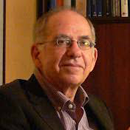
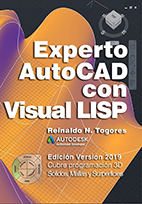


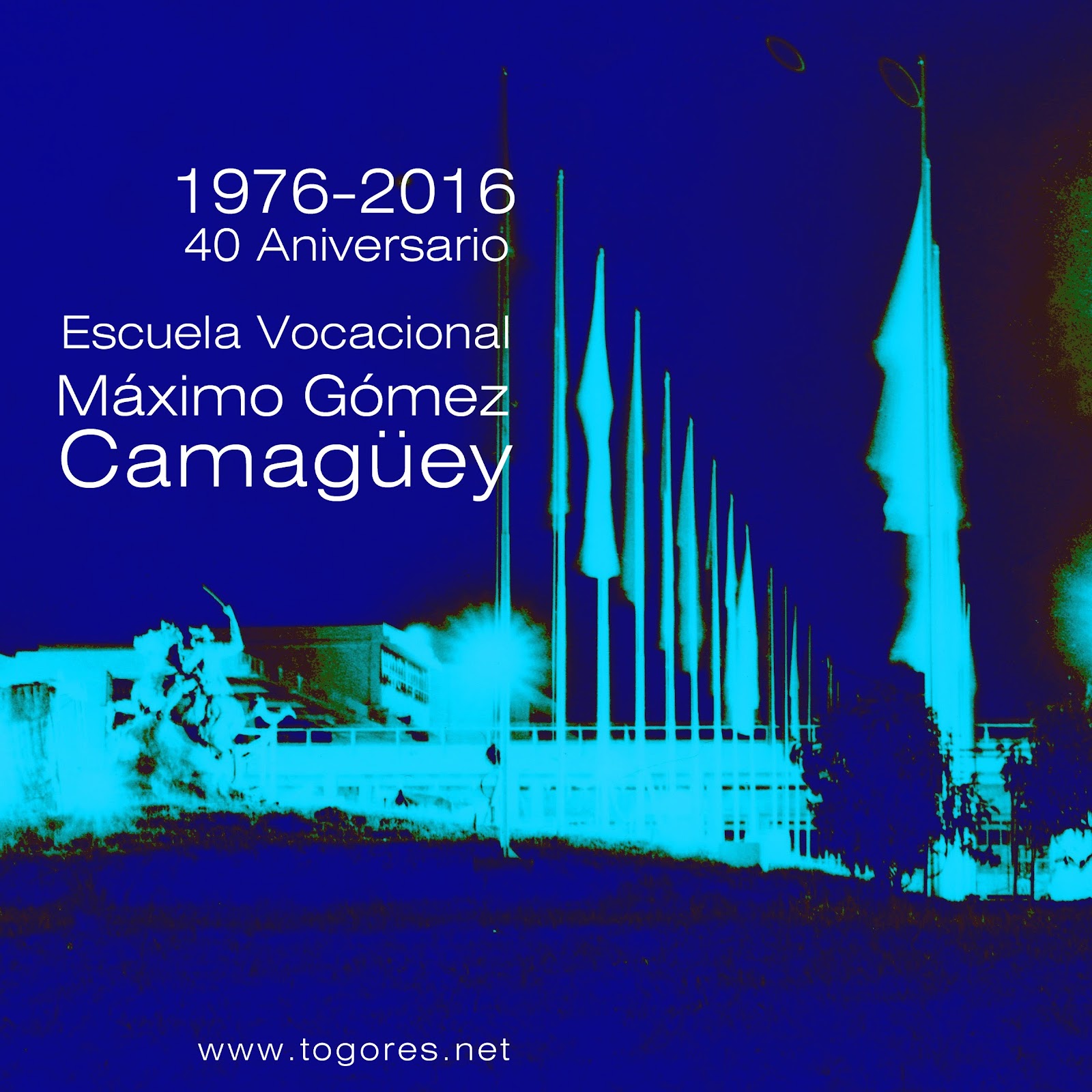
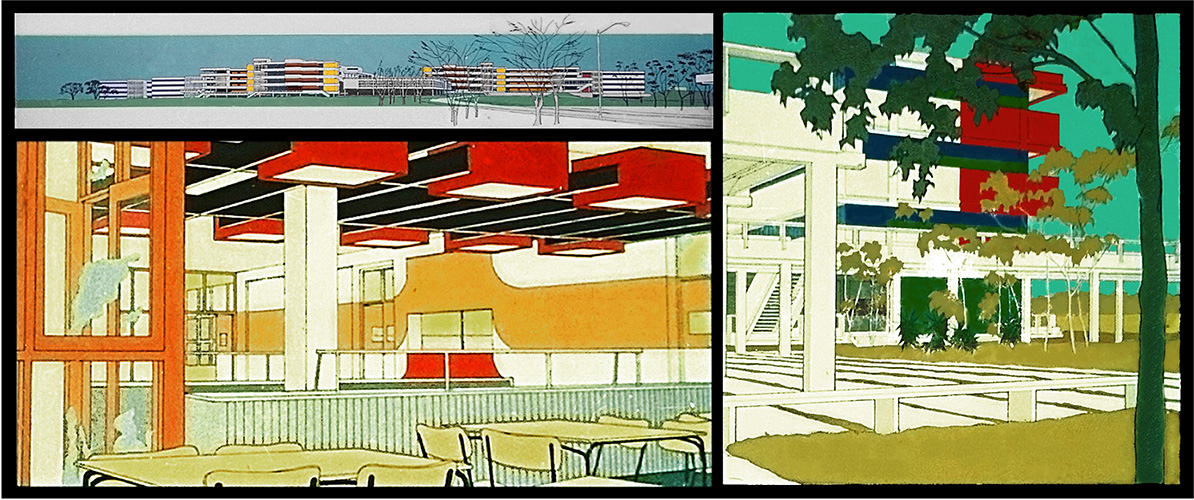 This was one of the most remarkable works from the Cuban school building plan during the 1970s. It is a boarding school for 2500 students which includes basic secondary education and senior high school. The students are selected among the best records of primary education in the province. At its inauguration in September 1976 the then president -Fidel Castro- proclaimed it "the best school in Cuba". This is one of the 186 Cuban buildings of the Modern Movement that in 2010 were included in the Registry of National and Local Monuments.
This was one of the most remarkable works from the Cuban school building plan during the 1970s. It is a boarding school for 2500 students which includes basic secondary education and senior high school. The students are selected among the best records of primary education in the province. At its inauguration in September 1976 the then president -Fidel Castro- proclaimed it "the best school in Cuba". This is one of the 186 Cuban buildings of the Modern Movement that in 2010 were included in the Registry of National and Local Monuments.
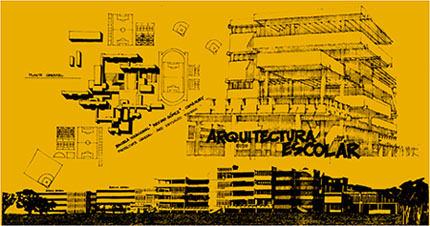 Dibujo de Rafael Fornés
Dibujo de Rafael Fornés